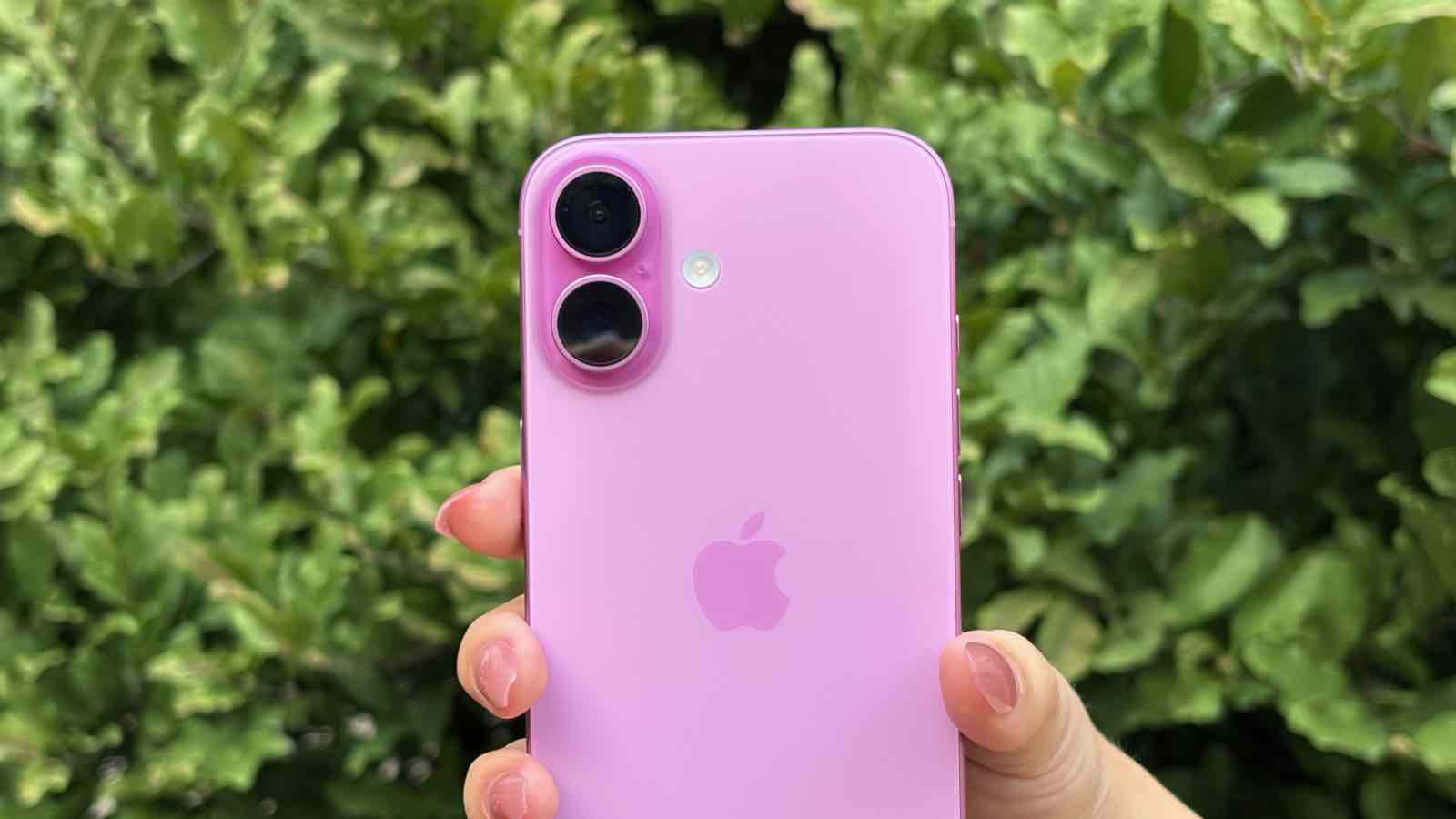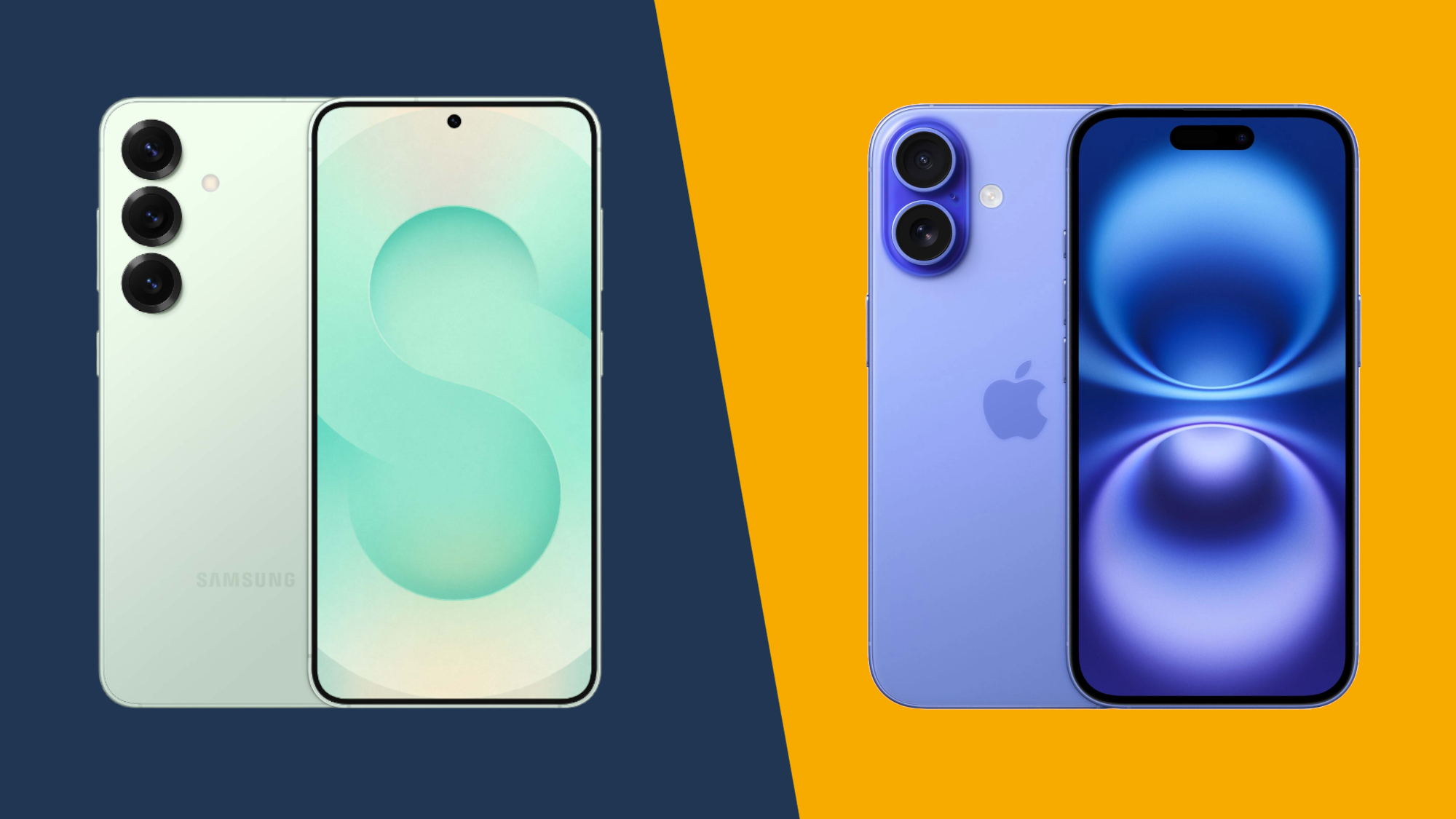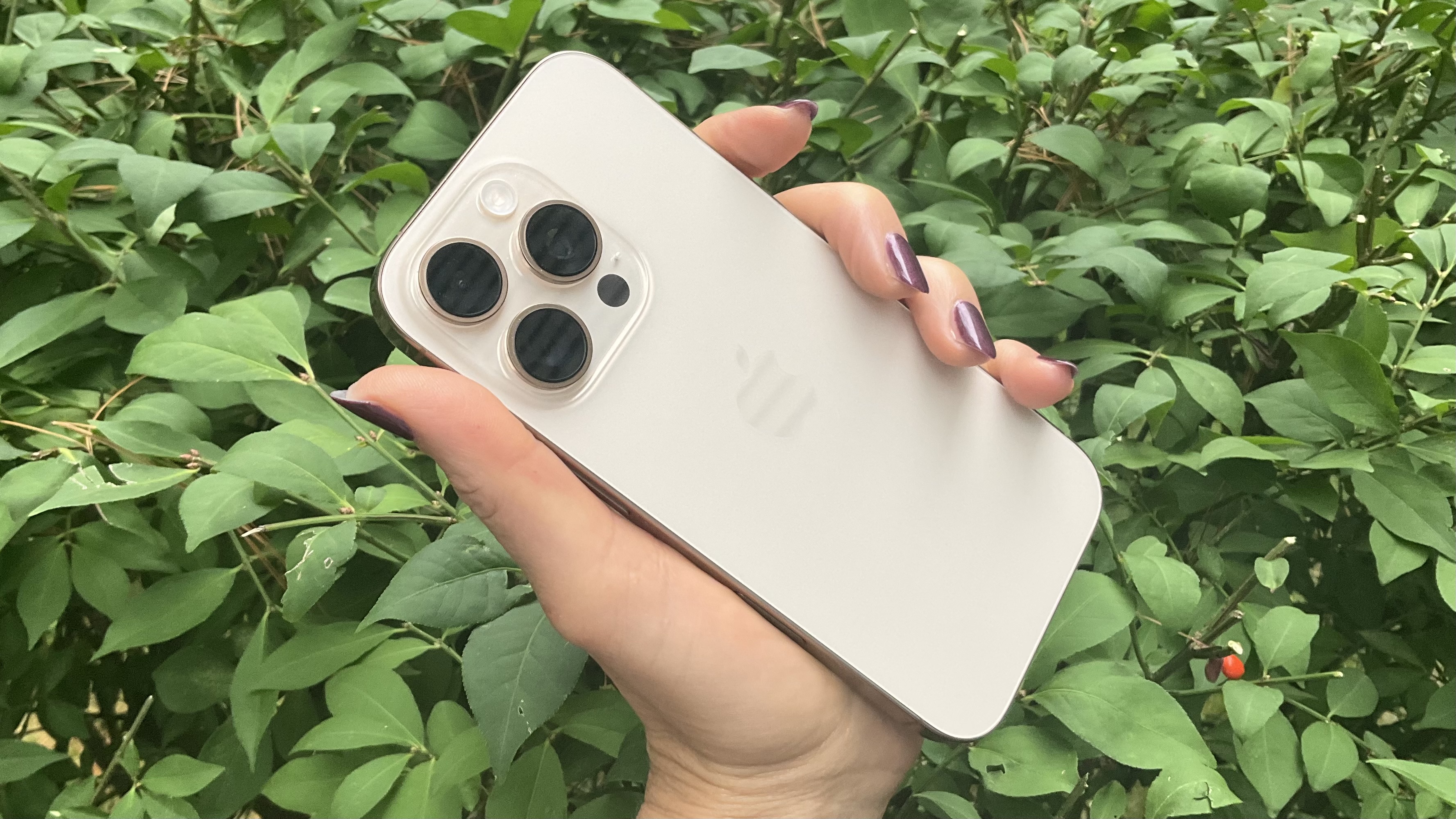Apple's rumored iPhone release schedule shake-up could be one of its worst ideas in years – here's why
I hope this one’s just a rumor

What does September mean to you? Maybe it’s about new beginnings as you return to school or college, or a time of change as the summer blends into fall.
For the tech world, September means one thing: new iPhones. Since the release of the iPhone 5 in 2012, the ninth month of the year has pretty much always seen the reveal of Apple's annually-updated smartphone lineup.
However, a consistent thread of rumors suggests that a major shake-up to the iPhone’s release schedule could be on the way.
According to a tip from Weibo user Setsuna Digital (via PhoneArena), Apple could split the iPhone’s release schedule in two, with the base model iPhones coming out in the spring and the iPhone Pro and Pro Max keeping their place as fall releases.
This corroborates rumors that circulated earlier this year, as reported by Macworld..
Rumors suggest that this schedule could begin in 2026, with the base model iPhone 18 and iPhone 18 Plus (or Air) launching in spring 2026 and the iPhone 18 Pro and iPhone 18 Pro Max launching, presumably, in September 2026 as usual.
Here at TechRadar, we try to keep a balanced view on rumors like this, but to be completely honest, I think this would be a terrible idea; let me explain.
Sign up for breaking news, reviews, opinion, top tech deals, and more.
Terrible timing

First of all, lets think about the timings that this rumored shakeup suggests – a spring release would see the base model iPhone 18 and iPhone 18 Air launch in a similar release window to the rumored Samsung Galaxy S26 lineup.
That just isn’t a smart match-up. Apple will always do fine sales wise. But I’m thinking more about the image of the iPhone, which is a big part of Apple’s brand, and arguably even the value on offer.
That’s because Samsung plainly offers more for your money when it comes to its base model handset. For reference, both the iPhone 16 and Samsung Galaxy S25 start at $799 / £799 / AU$1,399.
Looking at the current-gen Galaxy S25 against the iPhone 16, we can see that Samsung’s cheapest flagship has a slightly larger display at 6.2 inches to the iPhone’s 6.1-inch screen, more RAM at 12GB compared to 8GB, and a third camera with 3x optical zoom.
The Samsung Galaxy S25 also has a 120Hz display, something the iPhone 16 still somehow lacks, as well as USB 3.0 transfer speeds (which Apple arbitrarily limits to the Pro models). If Apple doesn’t rectify this, the rumored launch window and closer contest with Samsung could become a real source of embarrassment as these outdated specs become easier to notice.
And that’s not even mentioning the Galaxy S25 Ultra, one of the best phones on the market and perhaps the most powerful handset ever released from a hardware perspective – would it be wise to let the iPhone 18 face that level of competition without a new Pro Max model to back it up?
As it stands now, Apple’s yearly iPhone announcement comes soon after Google’s Made by Google event in the calendar (August 20), and you may point to the lack of tension between the Pixel and iPhone series as a counterpoint to my argument. However, as we’ve recently discussed, the Pixel doesn’t really compete with the iPhone on performance, which makes it harder to view the two flagship series as true rivals.
Better together

Thinking again about Apple’s image, I think splitting the iPhone’s release schedule will create a sense of disunity in the brand’s most important hardware lineup, and could even make the iPhone feel less premium as a result.
The obvious reason for Apple to split the iPhone releases is profit – by staggering more phone releases through the year, Apple could hope to stay in the news, catch more interest, and generate more revenue from frequent upgraders. It’s also possible that the base-model iPhones would sell in higher numbers if not eclipsed by the more powerful Pro and Pro Max.
The thing is that cash grabs aren’t classy. Apple is no stranger to market saturation, but I think splitting up the iPhone lineup is a step beyond. It’d be a little unbecoming of the world’s most valuable company to adopt a near-constant release cycle for its most iconic piece of hardware, so any sense of exclusivity the iPhone projects could erode in the process.
And finally, as an Apple fan of more than a decade, I’ve always looked forward to the September Apple event as one of the most exciting tech reveals of the year. I’m not sure Apple could drum up the same amount of excitement without having the entire iPhone lineup to talk about.
What do you think? Would splitting the iPhone lineup be a terrible move for Apple’s mobile portfolio? Or am I overreacting to these unconfirmed rumors? The comments section is open, let us know your thoughts.
You might also like
- Huawei's second tri-fold is tipped to launch in the same week as the iPhone 17 – and it sounds way more exciting
- If the Google Pixel 10 Pro Fold gets this rumored upgrade, I’ll recommend it over any other folding phone
- I’ve fallen in love with the Samsung Galaxy Z Flip 7’s cover screen – and it might just become my main way to use a phone

Jamie is a Mobile Computing Staff Writer for TechRadar, responsible for covering phones and tablets. A lifelong tech-obsessive, Jamie began his writing career as a music blogger before studying journalism at Goldsmiths College, and joined TechRadar in 2024. He thinks the iPhone 5S is the greatest phone of all time, but is currently an Android user.
As well as reporting on the latest in mobile hardware, software, and industry developments, Jamie specialises in features and long-form pieces that dive into the latest phone and tablet trends. He can also be found writing for the site's Audio and Streaming sections from time to time, or behind the decks as a DJ at local venues around London.
You must confirm your public display name before commenting
Please logout and then login again, you will then be prompted to enter your display name.